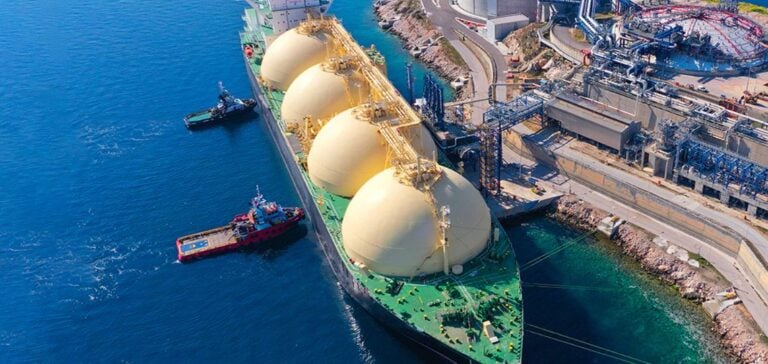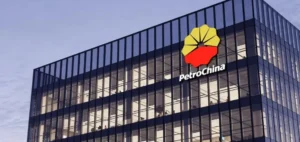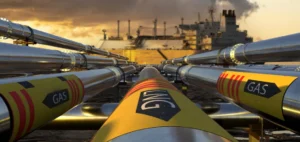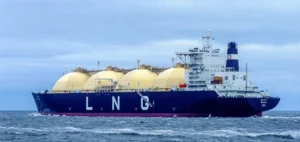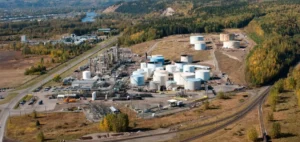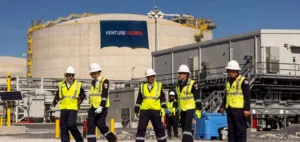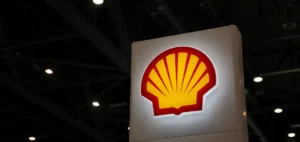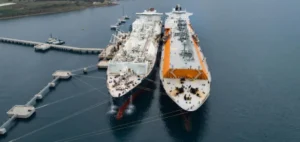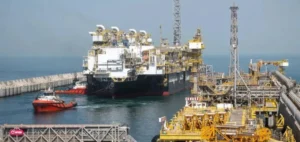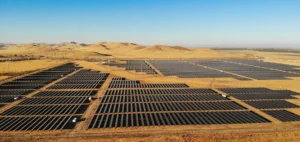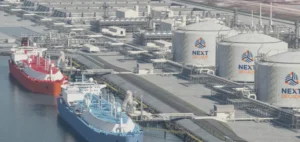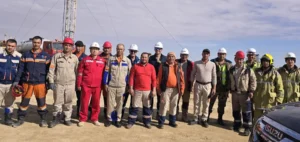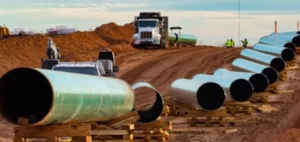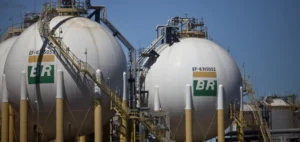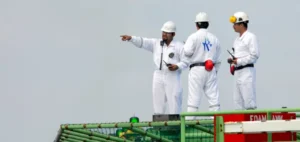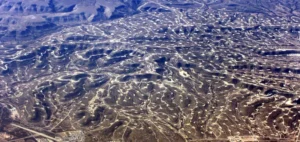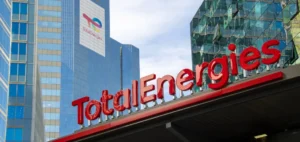Norwegian natural gas exports to Europe showed a modest increase in November, with deliveries reaching 9.8 billion cubic meters (Bcm), according to data analyzed from S&P Global Commodity Insights. This marks a 2% growth compared to October’s 9.56 Bcm, although it represents a 1% decline year-on-year.
Annual volumes show strong performance
Year-to-date exports from Norway continue to demonstrate resilience, with cumulative deliveries from January to November 2023 amounting to 103 Bcm. This represents a 9% increase over the same period in 2022, aligning closely with the record-breaking levels observed last year.
Germany remains the largest importer of Norwegian gas, receiving 3.7 Bcm in November. The United Kingdom followed with 2.8 Bcm, alongside Belgium (1.3 Bcm), France (0.8 Bcm), Denmark (0.8 Bcm), and the Netherlands (0.4 Bcm).
Norway’s strategic role in European energy supply
Norway has solidified its position as Europe’s primary supplier of natural gas, following the significant reduction of Russian gas deliveries in 2022. The country has maximized production to capitalize on strong market demand and elevated gas prices. The Dutch TTF month-ahead contract was recently assessed at €48.49/MWh on December 3, underscoring continued price support in the region.
Producers are maintaining high output levels to secure supply amidst a volatile market. Equinor’s CFO, Torgrim Reitan, highlighted in recent comments that gas prices remain influenced by critical factors, including Asian LNG demand and the upcoming expiration of the Russia-Ukraine gas transit agreement at the end of 2023.
Market-driven challenges ahead
Market uncertainties remain prominent as seasonal variations and infrastructure concerns could affect supply levels. European storage sites are currently filled to 84.7% capacity, according to Gas Infrastructure Europe, offering some buffer for the winter. However, the European Commission has raised the EU-wide storage target for February 2024 to 50%, up from 45% this year, to ensure market stability.
Further fluctuations in storage utilization are expected, with analysts projecting potential impacts on pricing dynamics depending on winter temperatures and consumption trends.


